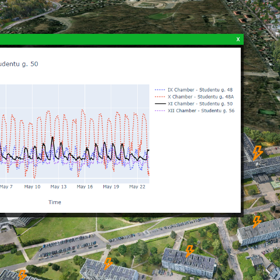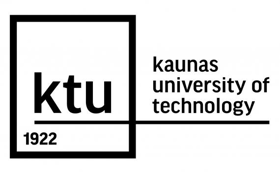Climate Change and Sustainability
The reality of climate change is imperative for societies to innovate and action solutions that can advance the world to a more sustainable future. Bringing digital technologies and sustainability goals together is logical, and necessary, and today Digital Twins are already having a radical impact on sustainability. By its nature, digital technologies are adaptable and responsive to innovation – but technology providers do not have a monopoly on ideas. This challenge seeks new ideas, and original thinking, to apply Digital Twin technologies to sustainability goals.
Digital Twins
Digital twins are virtual counterparts of tangible assets, providing real-time data, optimisation, predictive analytics, and alerts. The significance of DT isn't confined to engineers or facility managers, it's equally valuable for end-users and property owners. A pivotal area where digital twin technology shows promise is in real-time sustainability monitoring.
Digital Twins can significantly improve the design, construction, and operation of assets of all types. It can improve efficiency by monitoring performance in real time, including carbon outputs. It is envisaged that Digital Twins should simulate entire systems or interlinked assets to simulate future effects of climate or citizen actions. They should enable society to do more with less, to utilise resources better, longer, and to recycle where replacement has been the norm, to align engineering data with reality, geospatial, IOT and other operational data. By means of IoT data, Digital Twins should allow AI and machine learning to better analyse performance and improve efficiency.
If the above is true – what are the opportunities yet unseen, what has not been envisaged, and where are the next true innovations? Recognising that there is often doubt and scepticism when innovation challenges long-held thinking, submissions should consider how societies can facilitate those who would otherwise be sceptical to be part of that change as data proliferation increasingly becomes more widespread and more important to the goals of optimal sustainability.




